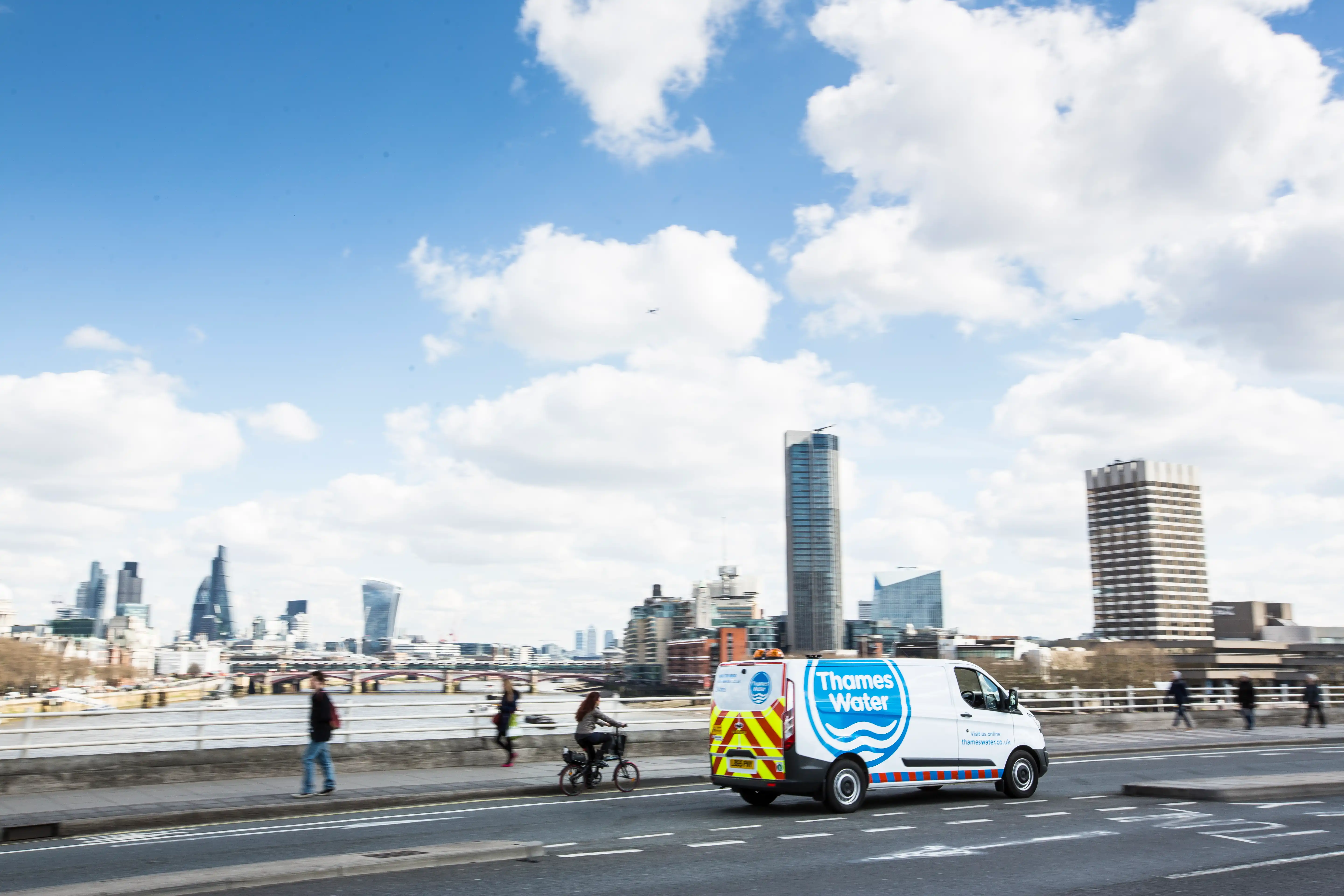
Teddington Direct River Abstraction (TDRA)
A drought resilience project for London.
We’re proposing to build a new reservoir near Abingdon in Oxfordshire.
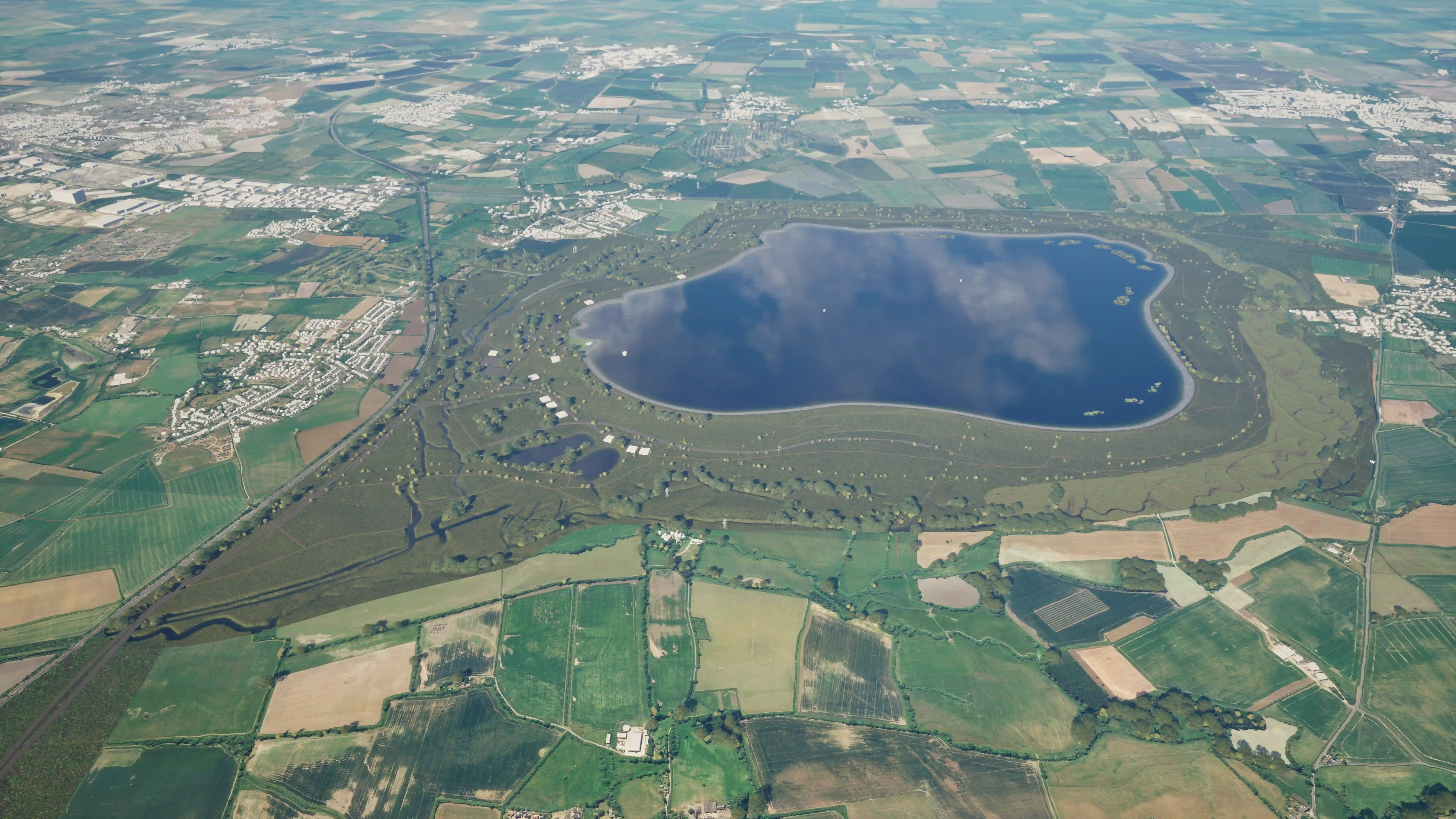
We're part way through a process of preparing designs for the new reservoir. We’re on track to submit an application for development consent to the Planning Inspectorate in 2026, seeking the powers to build the new reservoir.
We're engaging stakeholders and local communities as we go, to understand priorities and gather important information and feedback which will all be considered and will help to shape our proposals. We've recently published a project update brochure, which you can find here.
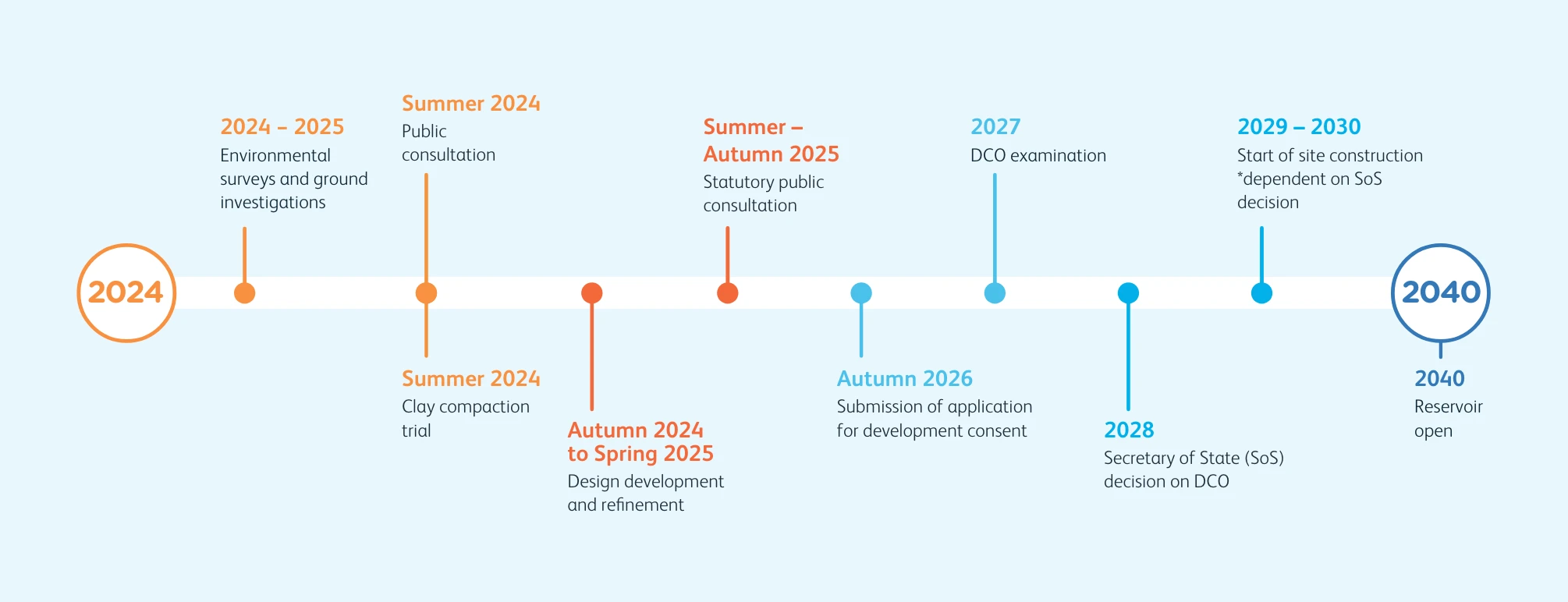
Have your say on our emerging proposals for an essential new reservoir for the south east
Consultation is open now and will close on 28 August 2024 so there’s plenty of time to have your say.
Your feedback is important and will help us shape our proposals for the reservoir.
Please read our consultation documents. You can have your say by completing our questionnaire, sending us an email (SESRO@ipsos.com) or contacting us by post: Freepost SESRO consultation.

Our water resources are under pressure. For the sake of the environment and our future water supplies, we must start planning to address those risks.
We’ve assessed a wide range of options, including tackling leaks, making the best use of our water resources and developing new sources of water including water recycling, regional water transfers and reservoirs. Given the scale of the water resources shortfall, we’ll need a combination of demand reduction and new water sources.
Working with Water Resources South East (WRSE), the technical assessments and modelling that have been carried out show that a new reservoir forms an integral part of the proposed plan for the South East region.
We’ve taken into account feedback from regulators, stakeholders and our customers and carried out further modelling work. This has concluded that a 150 million cubic metres (Mm³) reservoir is a best value solution.
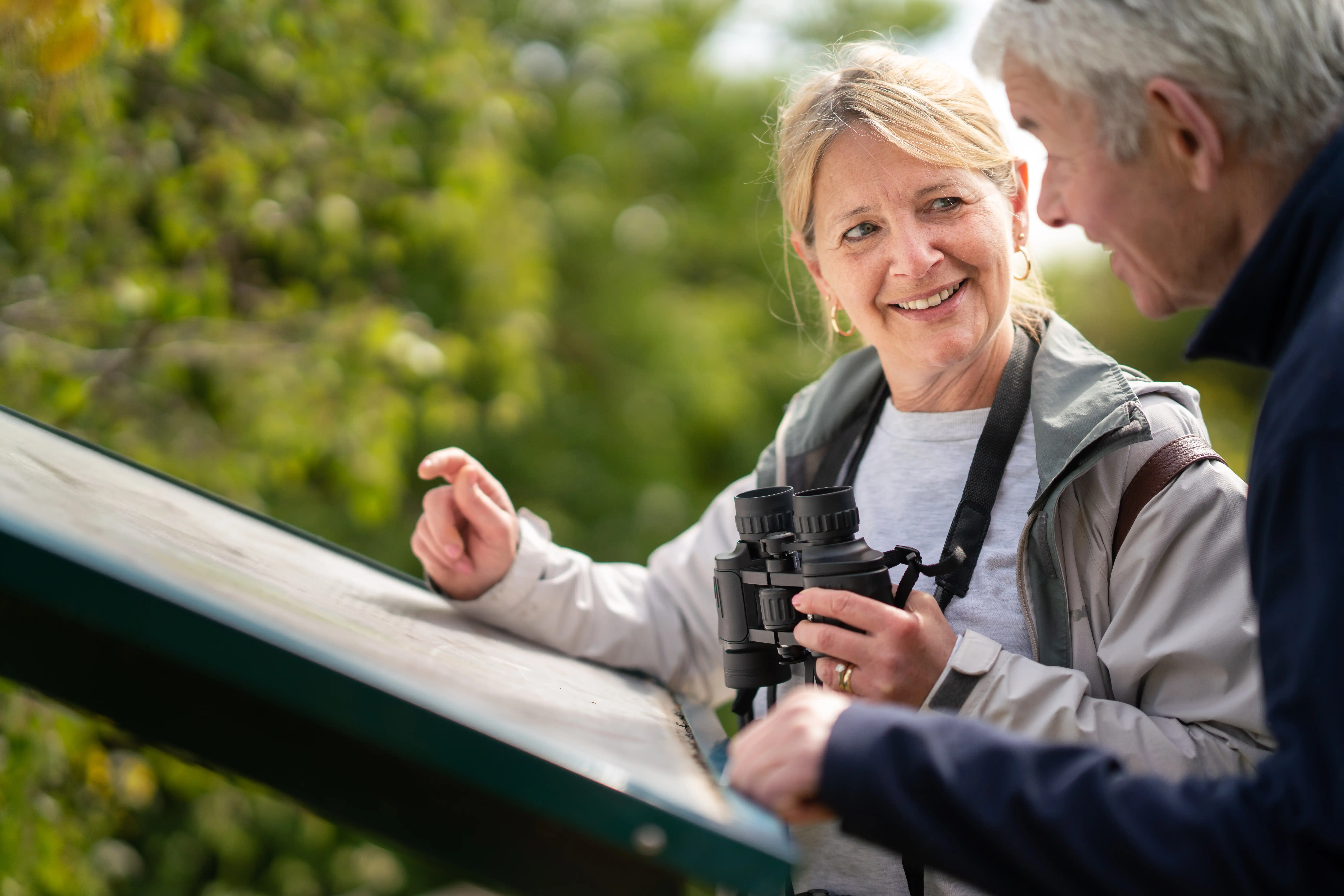
The reservoir would be filled with water from the River Thames in the winter, when there is plenty available. When river levels drop, or demand for water increases, water would be released from the reservoir back into the river for re-abstraction downstream.
The proposed new reservoir would supply water to local customers, as well as homes and businesses across London and the South East. As well as providing a resilient water supply for the South East, the reservoir would also provide opportunities to create new habitats and increase biodiversity, as well as providing new leisure and recreation facilities. The reservoir would provide water to customers across the South East, including customers served by Affinity Water and Southern Water.
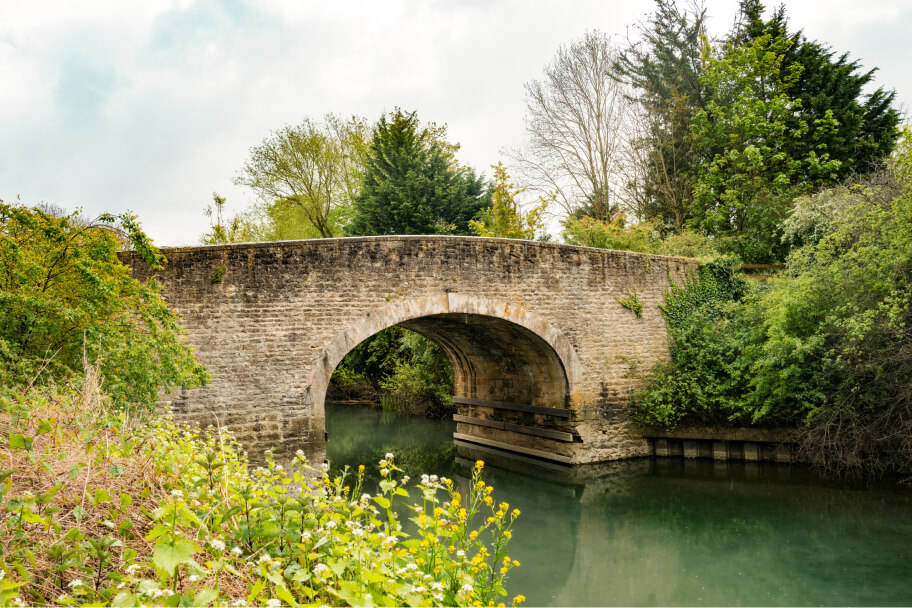
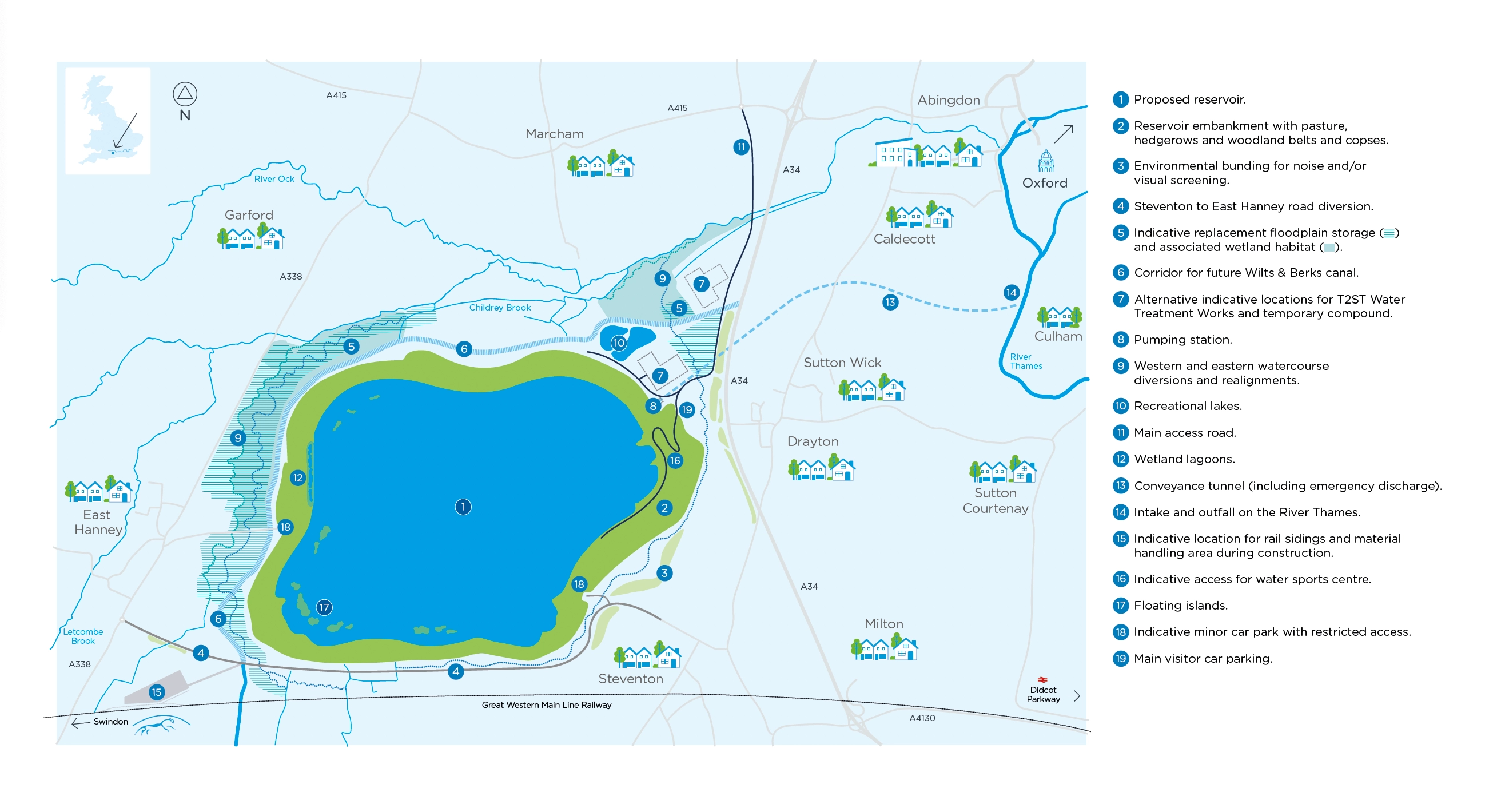
Our proposals for the new reservoir have been overseen by RAPID (Regulators’ Alliance for Progressing Infrastructure Development), a consortium of water industry regulators. RAPID has implemented a ‘gated’ regulatory process to ensure that all new strategic water supply options are considered in a fair, consistent and transparent way, and that our customers’ money is spent wisely.
More information about RAPID and the gated process can be found here, where you will also find the technical reports, additional information provided to RAPID and feedback from RAPID relating to the project.
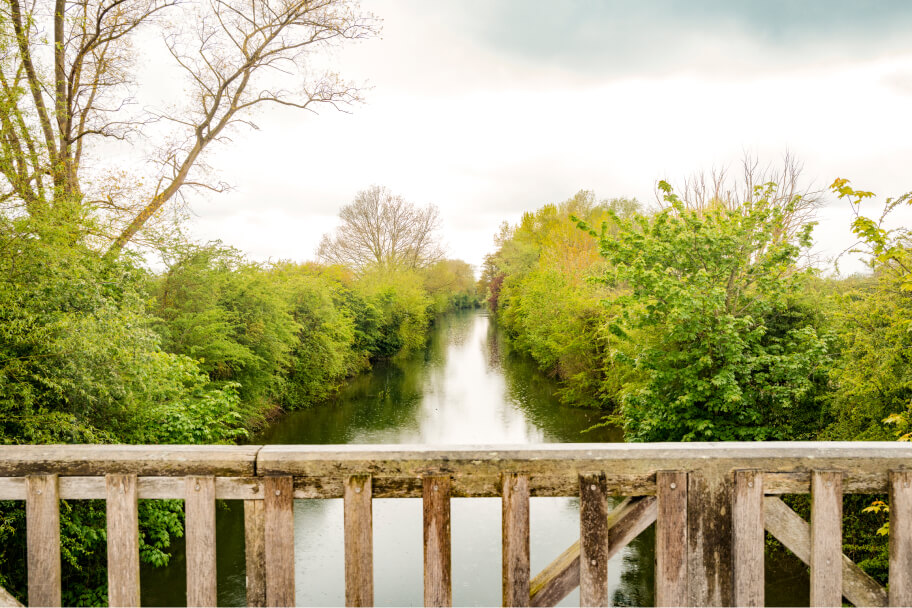
We intend to submit an application for a Development Consent Order (DCO) in 2026, seeking permission to construct and maintain the new reservoir. If granted, construction is forecast to begin in 2029 with the reservoir planned to begin operating in 2040. The planning process will allow people to have their say on the proposed new reservoir before a final decision is made by the Secretary of State. Demonstrating that we have had regard to local and regional concerns is an important part of the DCO process. Before formally applying for a DCO, Thames Water must carry out public consultation and consider feedback.
Find out more about the DCO process in our factsheets in the Document Library.
More information is also available on the Planning Inspectorate website.
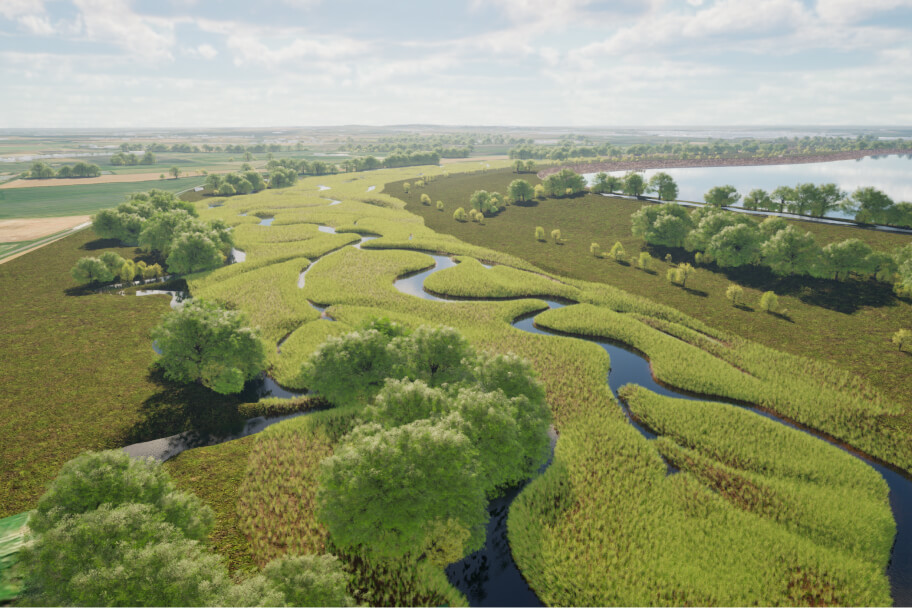
To inform the design proposals for the reservoir, we’re carrying out a range of surveys to build a thorough understanding of the local geology. This includes ground investigations and a clay compaction trial to understand how the strength and water content of the local Kimmeridge clay changes when it’s compacted.
We’ve now been granted consent by the Vale of White Horse District Council to carry out the clay compaction trial on land to the south of Hanney Road, at Cow Common (OX13 6AP).
We’re planning to start work during the week commencing 29th July 2024, for up to six months depending on the weather and ground conditions.
We’ll be excavating clay from the site which we’ll then use to create test embankments up to three metres high. This will help to inform our understanding about how the strength and water content of the local clay changes when compacted.
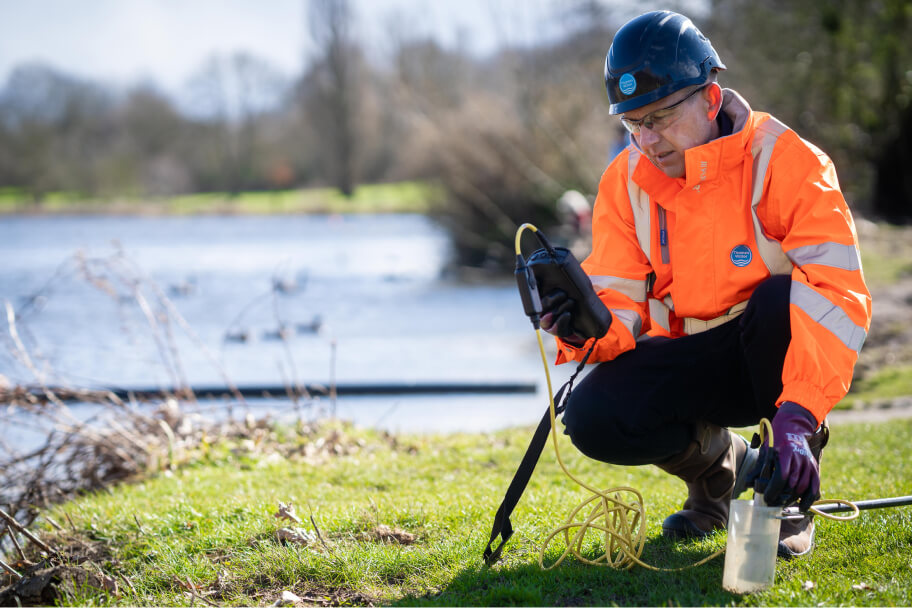
On site will be a welfare unit, excavators and machinery to create the test embankments. Once completed, we will dismantle the embankments, and the ground will be reinstated.
We’ll create an access road from the Hanney Road to reach the site, with temporary two-way traffic lights in place for around five to six weeks from week commencing the 29th July 2024. The traffic lights will be in operation on weekdays, between 0800-1700.
For the duration of these works, there will be a temporary 30mph speed limit along Hanney Road, to ensure safe entrance and exit from our site.
You can find out more about the clay compaction trial and our ground investigations here
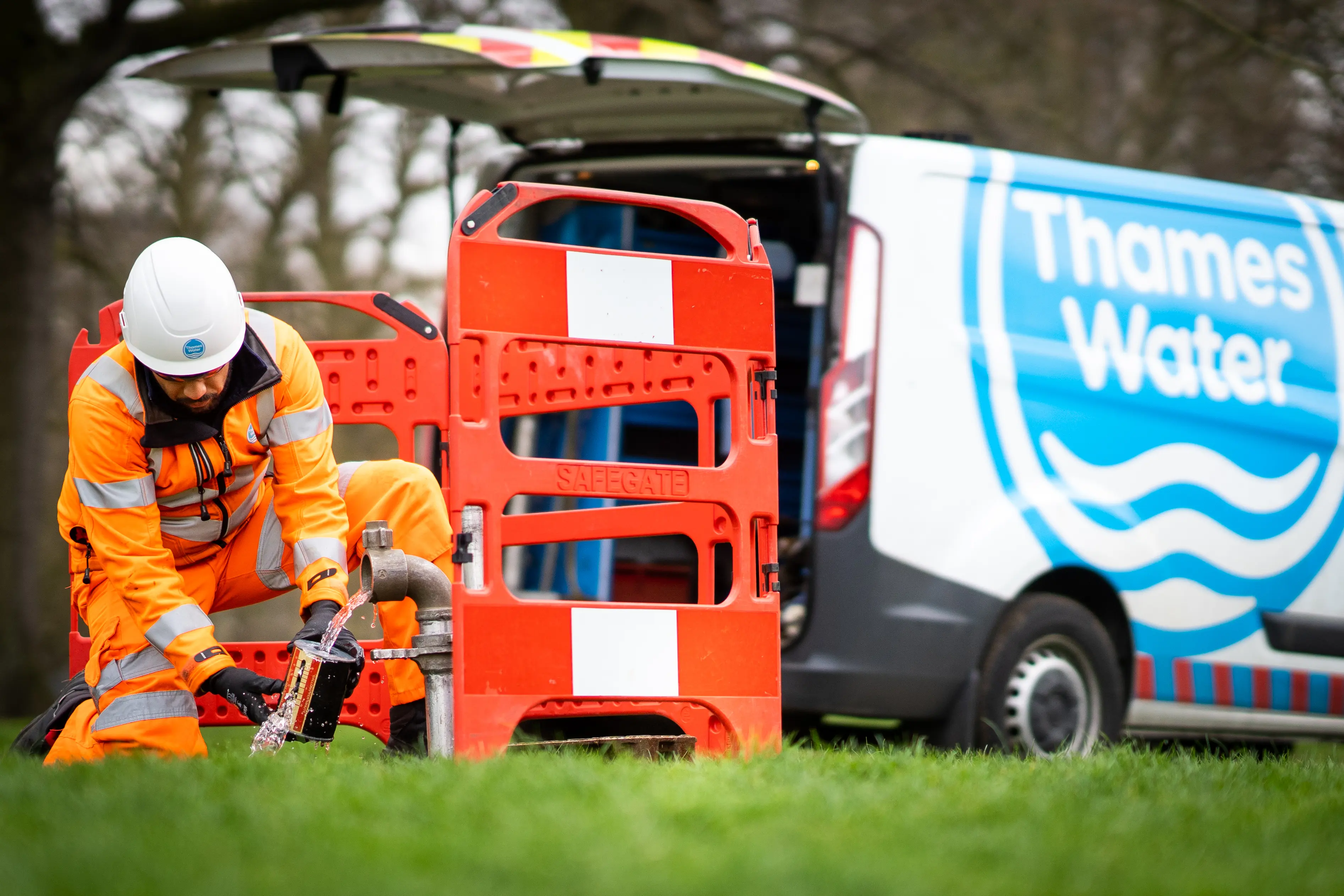

A drought resilience project for London.
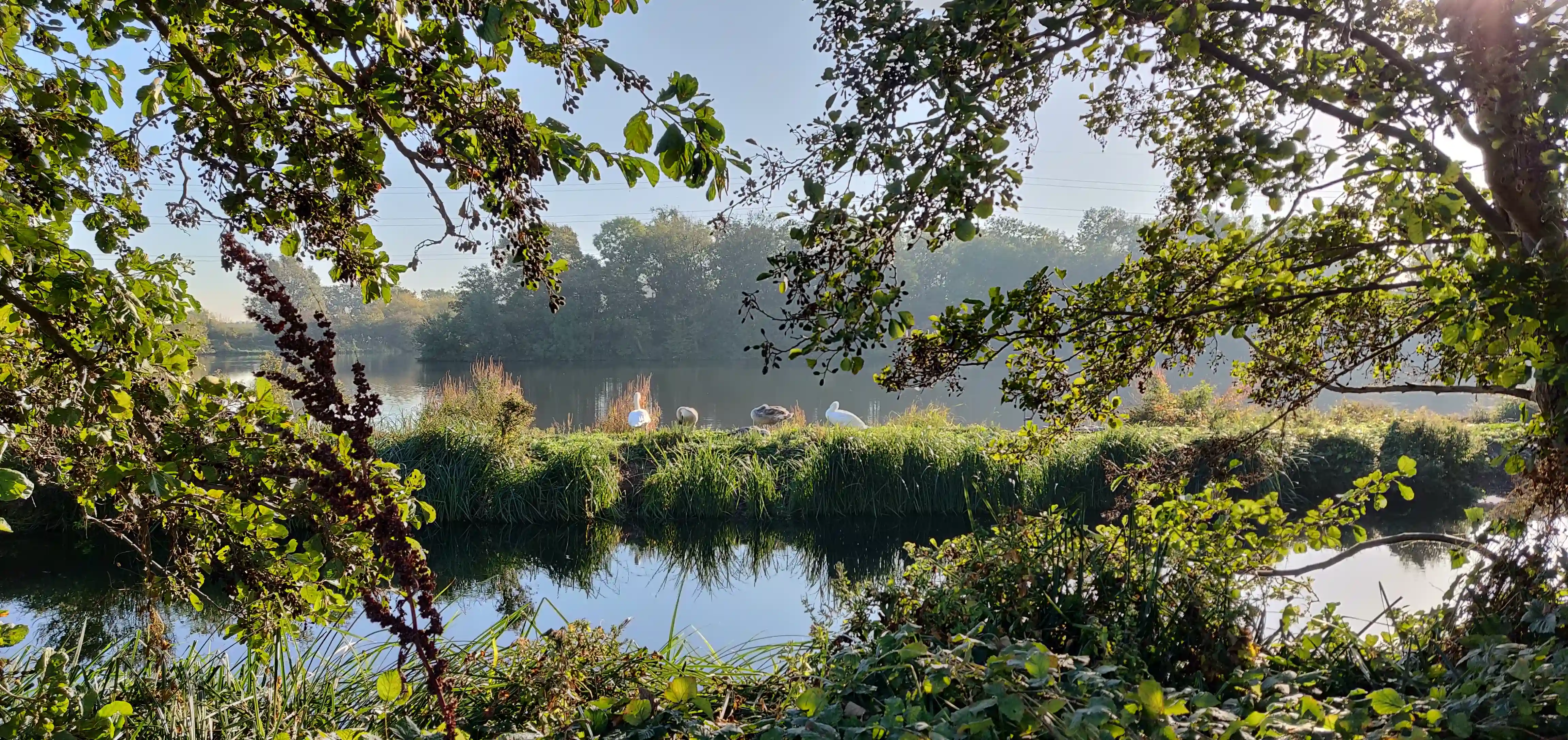
Considering water transfer options.